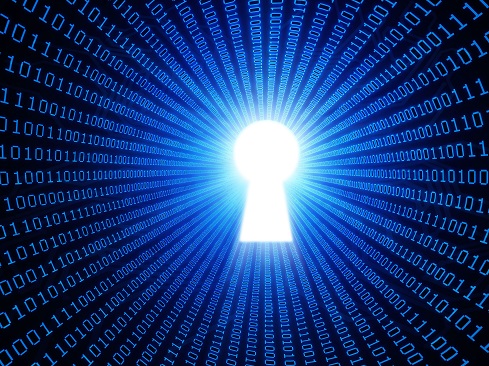
November 27, 2023 at 10:04AM
Global data privacy laws aim to protect consumer personal data, but recent data breaches highlight ongoing vulnerabilities. One potential reason for this is the delicate balance that companies must strike between protecting privacy, maintaining product efficacy, and mitigating cyber breaches. Data de-identification, a key safeguard measure, is necessary, but full anonymization is impractical for many business use cases. Pseudo-anonymization, while flawed, is commonly used. To safeguard consumer data, constant monitoring, threat mitigation, and proactive and retroactive measures are recommended.
Based on the meeting notes, it is clear that global data privacy laws have not been able to fully safeguard consumer data. Despite the existence of regulations such as GDPR and CPRA, recent data breaches have exposed the vulnerability of consumer data. The reason behind this could be the challenge that companies face in balancing consumer privacy protection, product efficacy, and the prevention of cyber breaches.
One of the primary measures for data protection is data de-identification, which involves anonymizing personally identifiable information (PII) so that it cannot be linked back to an individual. However, the laws governing data de-identification do not provide explicit guidance on which attributes should be considered personal data or how and when to anonymize them. This lack of specificity leaves room for interpretation and potential weaknesses.
While complete anonymization of personal data may not be practical for businesses, as they often require access to non-anonymized data sets for various purposes, such as user validation and personalized recommendations, pseudo-anonymization techniques are used. Pseudo-anonymization involves converting personal data into random characters that cannot be reverse engineered. However, this technique has a flaw in that rehashing the same personal data produces the same random characters, making it easier for hackers to infer consumer data in the event of a data breach.
To mitigate these risks, constant monitoring and threat mitigation against sophisticated hackers are necessary. Privacy vaults can be used to disassociate sensitive data from a business’s core infrastructure, reducing the impact of a breach. It is also recommended to store the key (salt) used for pseudo-anonymized data in separate infrastructures and to rotate the key regularly. Creating multiple dummy keys confuses hackers and increases the time required to unlock the data. Anonymizing non-personal information, such as device and network data, adds complexity for hackers.
While proactive measures should be taken to monitor and mitigate data breaches, it is important to recognize that not every attack can be thwarted. Therefore, strong retroactive mitigation measures are equally important.